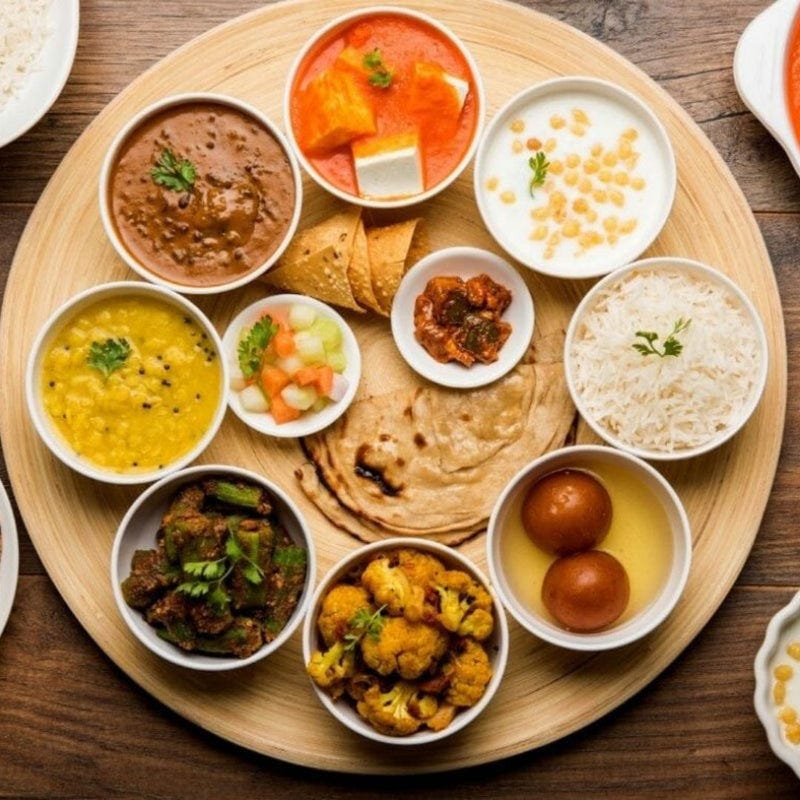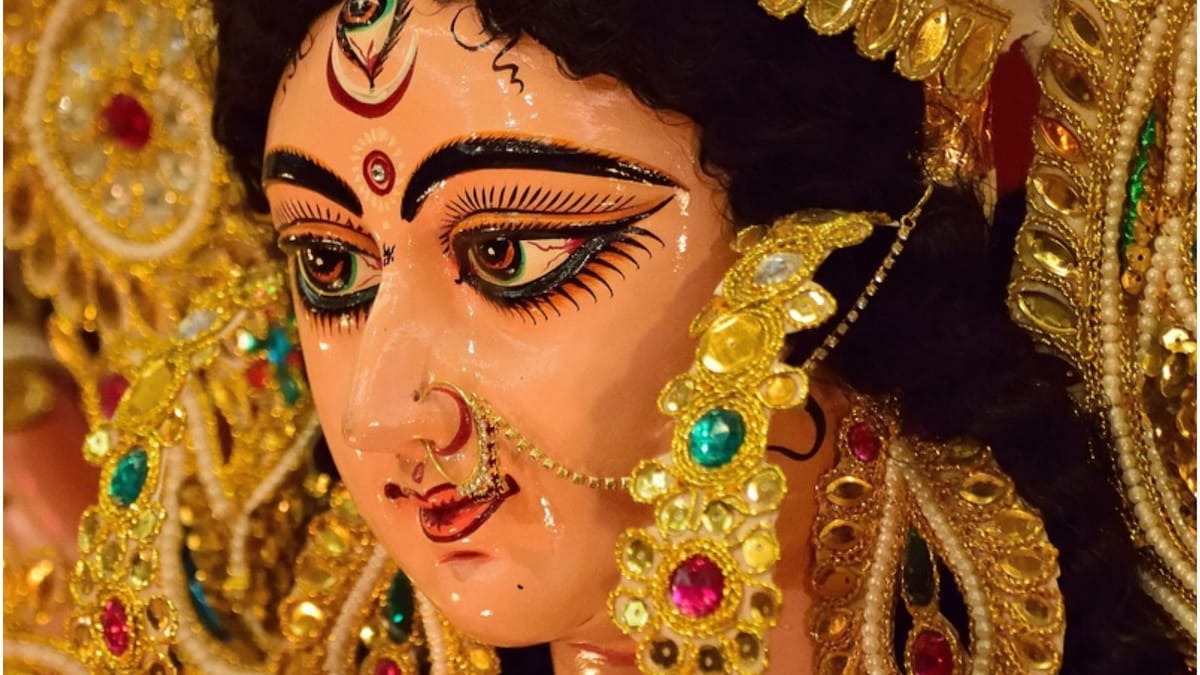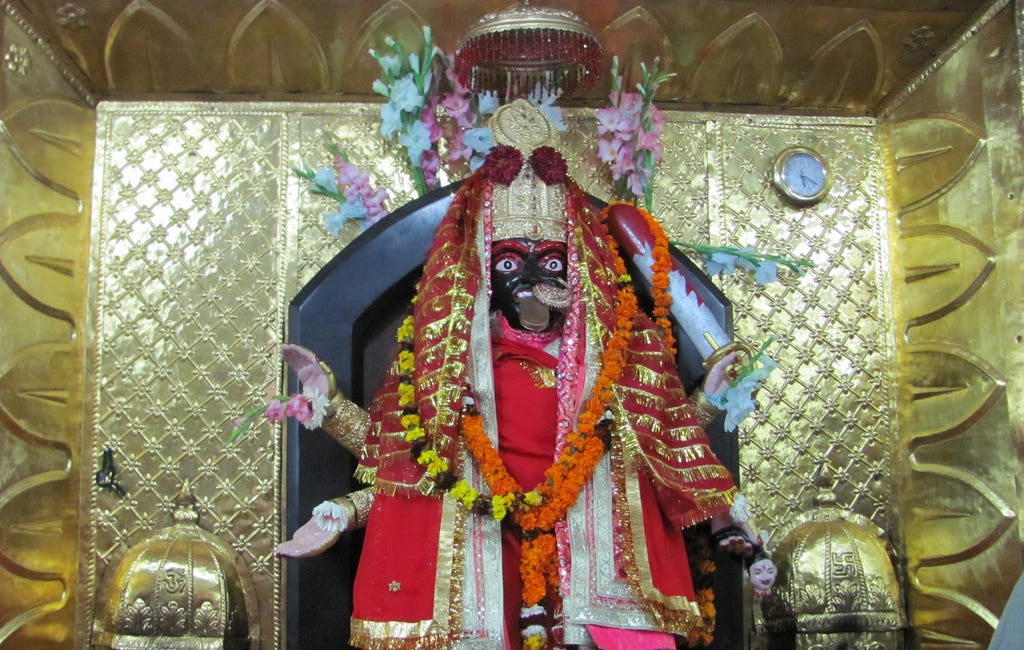Fasting and Sattvik Food in Navratri: A Blend of Tradition and Well-Being
The Significance of Fasting and Sattvik Food in Navratri: A Harmonious Blend of Tradition and Well-Being.
The Significance of Fasting and Sattvik Food in Navratri: A Harmonious Blend of Tradition and Well-Being
As the festive bells of Navratri ring, millions across India and the global Hindu diaspora come together to observe nine nights dedicated to Goddess Durga1. This is not just a festival of devotion and dance but is also an occasion where the role of food, particularly fasting and Sattvik diets, takes centre stage. But what is the rationale behind these traditional practices, and how do they align with modern perspectives on health and spirituality?
The Essence of Navratri Fasting
Fasting during Navratri serves multiple purposes—religious, spiritual, and social. The fasts, devoted to the nine forms of Goddess Durga, are a pathway for spiritual clarity, self-discipline, and community bonding.
Religious Devotion: Fasting is an age-old practice to express unwavering devotion to the divine.
Spiritual Enlightenment: Abstaining from certain foods is thought to purify the body and soul, thereby fostering a closer relationship with the divine.
Social Cohesion: The collective nature of fasting and festivity during Navratri strengthens community bonds.
Why Avoid Alcohol and Non-Veg Food?
Specific foods like alcohol and meat are avoided to maintain spiritual purity and mental clarity. These foods are often categorised as 'Tamasic,' meaning they are believed to incite lower consciousness and distract from focussed prayer and meditation.
The Sattvik Paradigm
Sattvik food plays a crucial role during Navratri. Derived from the Sanskrit term 'Sattva,' meaning purity, Sattvik foods are those believed to instil peace and harmony. They are simple, easily digestible, and nourishing—attributes that complement the spiritual ethos of Navratri.
Mindfulness: Consuming Sattvik food is considered an exercise in mindfulness and ethical living.
Holistic Health: From an Ayurvedic perspective, Sattvik foods balance the three 'doshas'—Vata, Pitta, and Kapha—thereby promoting physical and mental well-being.
Why Skip Onions and Garlic?
Interestingly, even within the Sattvik realm, foods like onions and garlic are often avoided. The reasons for this are diverse, ranging from their classification as Rajasik or Tamasik foods, which are thought to provoke passion or lethargy, to traditional beliefs that they can interfere with spiritual practices.
A Unifying Perspective
Health and Tradition: Both fasting and Sattvik diets have elements that align with modern understandings of nutrition and health, such as the promotion of whole grains, fruits, and vegetables.
Inclusivity: While these practices are rooted in religious and philosophical beliefs, they are flexible enough to accommodate personal choices and health considerations.
Global Relevance: With the growing interest in mindfulness and holistic health, the principles behind Navratri fasting and Sattvik food resonate beyond their cultural origins.
While Navratri fasting and Sattvik diets offer a structured pathway to spiritual and physical well-being, it's worth noting that they are not prescriptive mandates. They encapsulate a set of guiding principles that have stood the test of time, yet remain adaptable to individual circumstances.
In essence, Navratri serves as a confluence of spirituality, community, and personal well-being. Through fasting and the adoption of Sattvik foods, individuals find a unique way to harmonise body, mind, and soul—a concept that resonates universally, transcending cultural and geographical boundaries.
Navratras Beyond Observances: Cosmic Significance and Lessons from Goddess Durga
The Spiritual Significance of Ashwin Navratras The festival of Navratras stands as a pivo…






Well blended Satvik description of the age old ritual 🧘♀️🍾